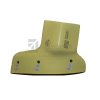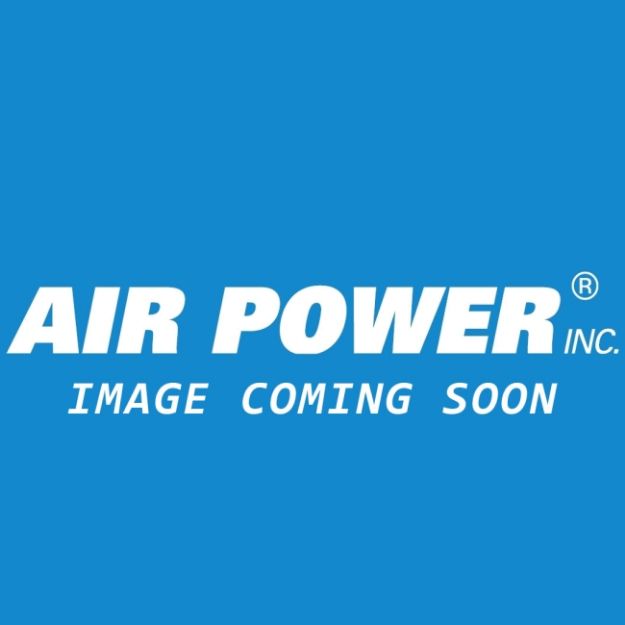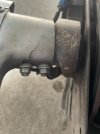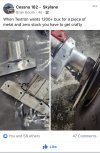Katamarino
Pattern Altitude
I need to replace a couple of fairing brackets that sit at the bottom of each landing gear leg on the 182. See attached a (not great) picture. Part number 0741642-1.
These seem very hard if not impossible to obtain from a normal supplier. The current ones are metal but it seems like the kind of part which could be made up in composite or even 3D printed if a strong enough material exists. I have the old ones as templates.
Does anyone know of anybody doing this that might be able to help me look at it further?
These seem very hard if not impossible to obtain from a normal supplier. The current ones are metal but it seems like the kind of part which could be made up in composite or even 3D printed if a strong enough material exists. I have the old ones as templates.
Does anyone know of anybody doing this that might be able to help me look at it further?





